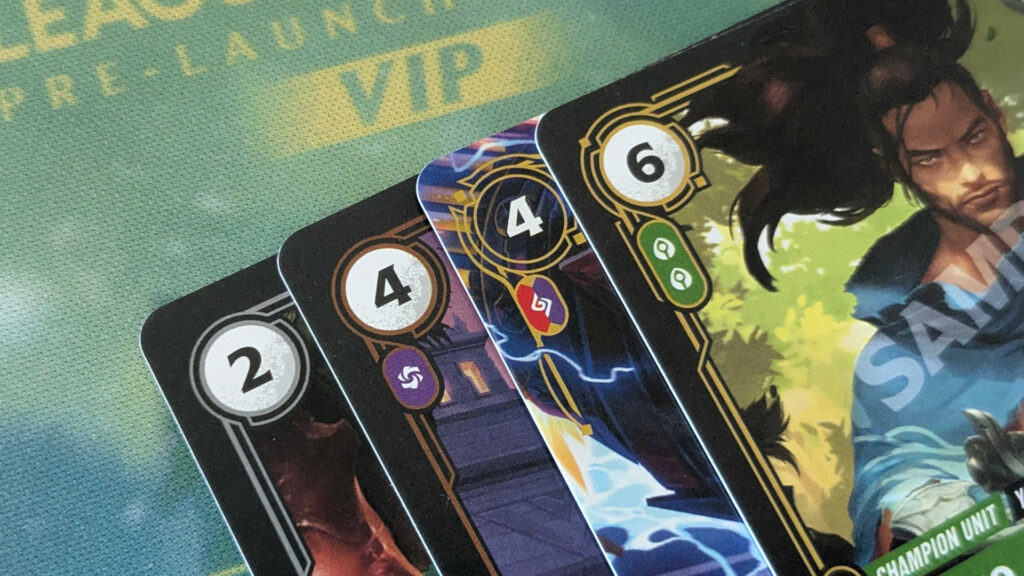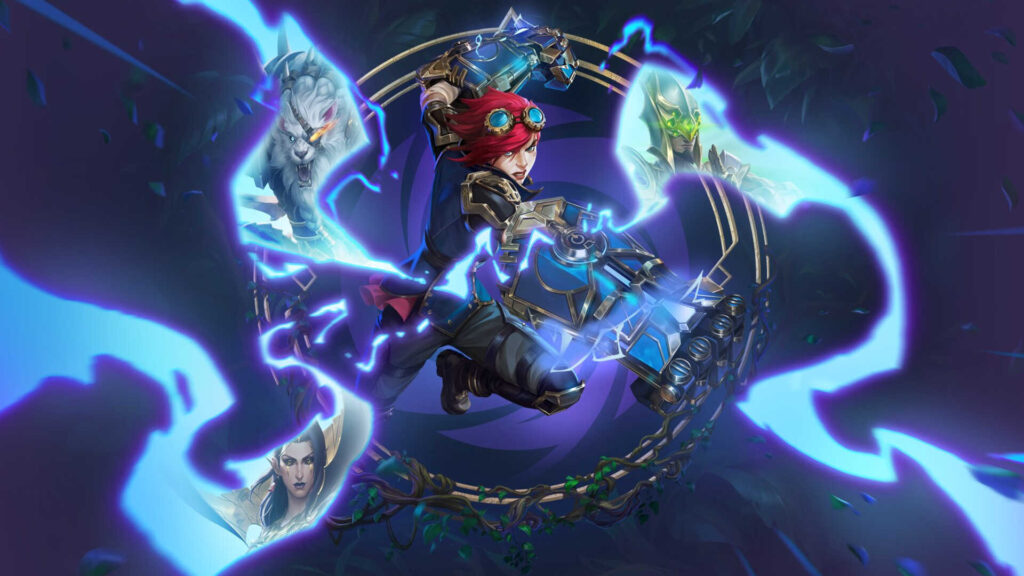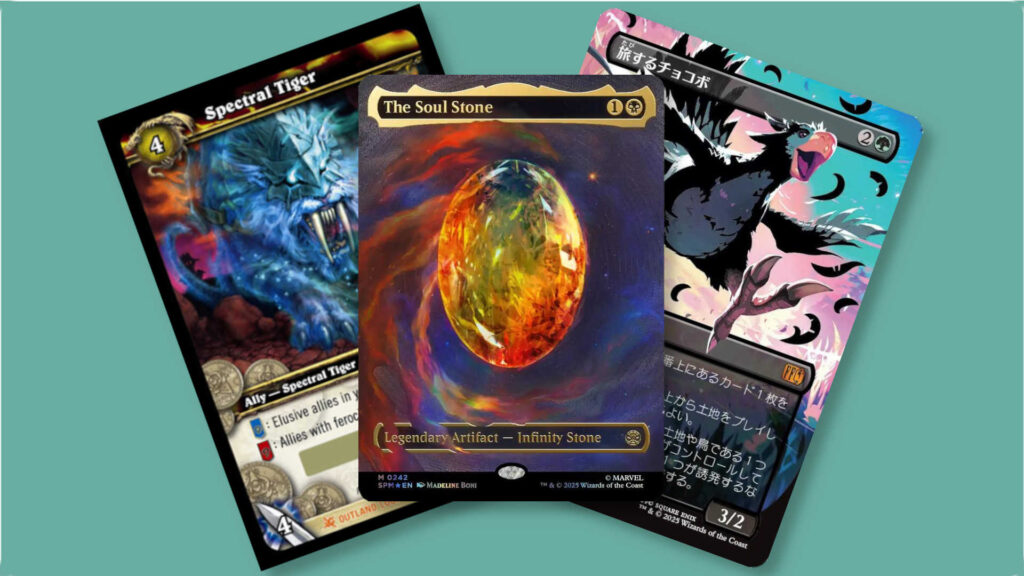Having played Riftbound for ourselves, we came away with the sense that Riot Games have a serious hit on their hands. A compelling melting pot of mechanics both fresh and familiar, Riftbound makes the most of its League of Legends heritage, and does fantastic job of adapting the feel of the original video game, with a surprisingly meaningful and clever tussle for territorial supremacy playing out across numerous battlefields.
In Riftbound, players use their Rune decks to draw cards each turn, and pay to bring cards into play. This is one of the game’s more familiar mechanics, in that just about any trading card game (or TCG) that you can think of uses some kind of resource card system to enable cards to be played. However, there’s a “recycling” mechanic in Riftbound which feels pretty unique, and due to its unfamiliarity, it may well be something that causes a bit of confusion in your first game or two of Riot’s League of Legends Trading Card Game. So let’s take a look at how it works!
Table of Contents
ToggleWhat Is Recycling in Riftbound?
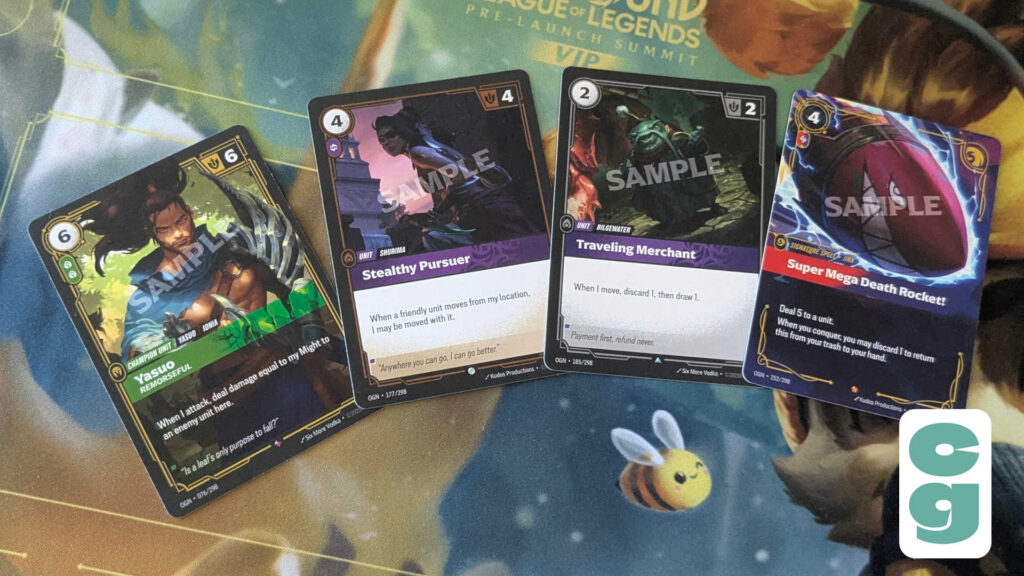
Each card in your main deck in Riftbound has a numbered cost in the top left; this shows how many Runes you’ll need to exhaust in order to play them. For example, in the image above, you can see that the Yasuo card has a cost of 6, the Stealthy Pursuer card has a cost of 4, and the Super Mega Death Rocket! card has a cost of 4.
You can also see that the Yasuo, Stealthy Pursuer and Super Mega Death Rocket! cards also have Rune symbols beneath the numbered cost. These are an extra cost to be paid in addition to the standard number of Runes shown; however, instead of simply exhausting a Rune, these show which Runes must be recycled.
How to Recycle in Riftbound
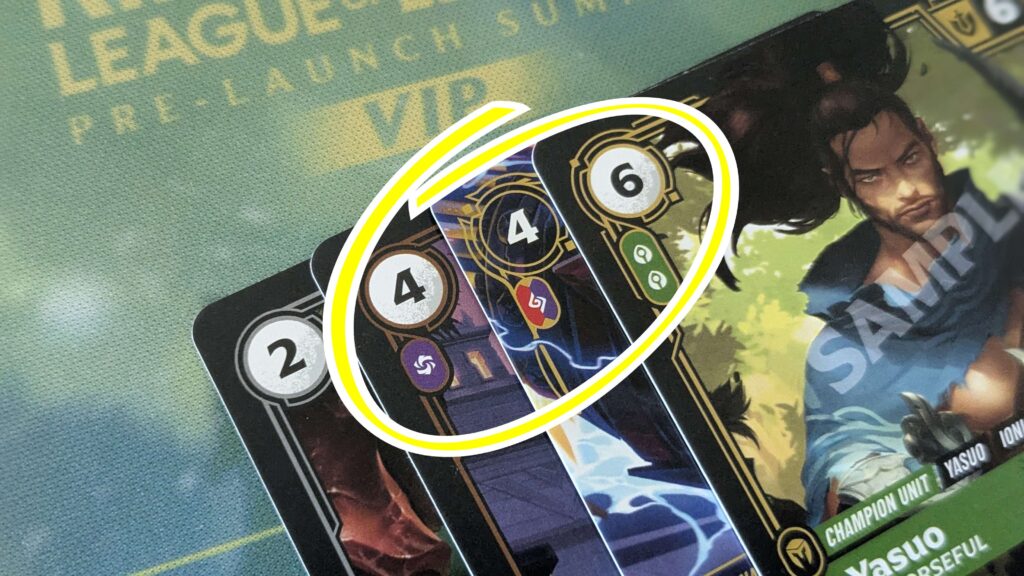
So, you’ll first exhaust the number of Runes shown as the numbered cost, which is to say that the Runes are turned sideways. This makes them unavailable to use as a resource for other cards to be brought into play, but note that exhausted cards can still be used to recycle.
A standard cost on a card doesn’t require specific colored Runes to be used, but the symbols/colors shown as the recycling cost do require that you use those colored Runes. You can see in the above example of the Super Mega Death Rocket!, however, that you can recycle either a Fury (red) or a Chaos (purple) rune in order to play it. Once you’ve chosen which cards you’ll be recycling, you pick them up, flip them face down and put them on the bottom of your Rune deck. That’s it; you’ve now recycled your cards, and the card you were playing from your hand is now in your play area.
So that’s everything you need to know about recycling in Riftbound. It’s an interesting way of handling the ability to get powerful cards into play early, with the risk of slowing down your game in the long term. Why not check out our other coverage of Riftbound, such as the card list for the game’s first set, Origins, or our first impressions of Riftbound after visiting Riot Games in LA? You can also take a look at why cards in Riftbound have different colored backs too!


